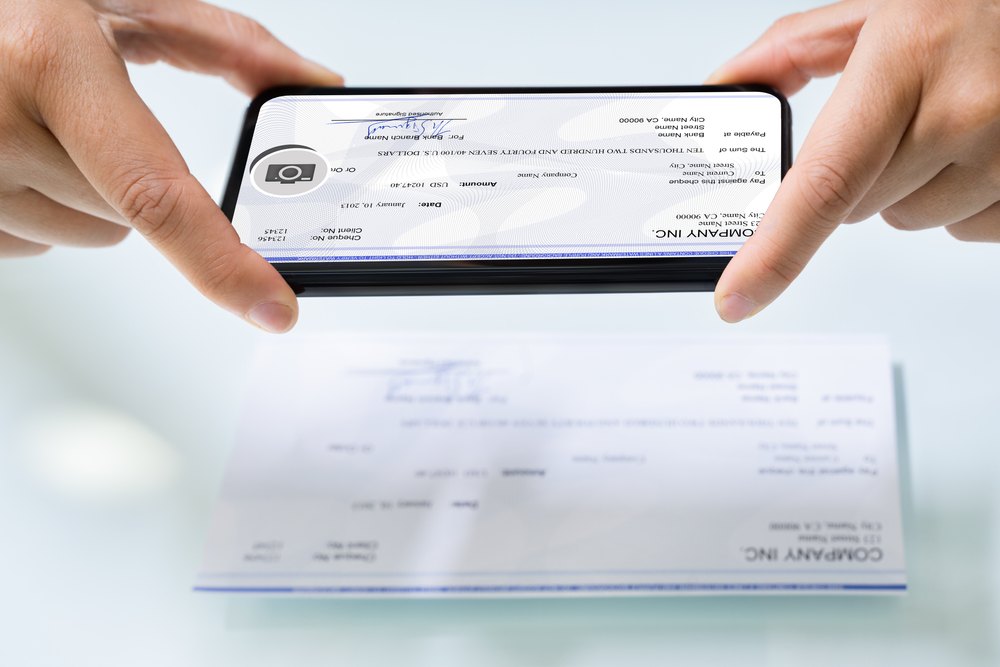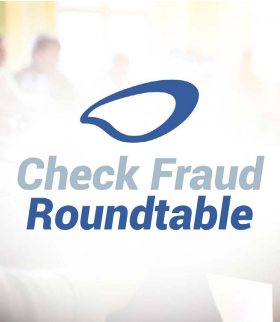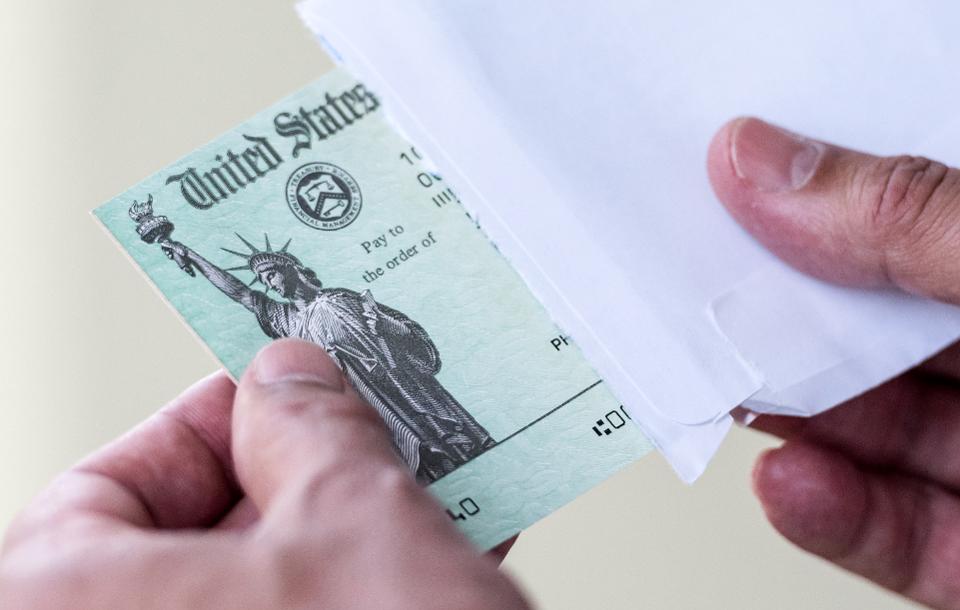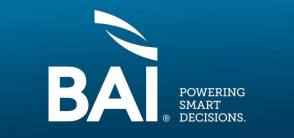OrboNation Newsletter: Check Processing and Fraud – October 2024
Millions in IRS Refund Checks Stolen and Altered
When you think about different types of checks, which do you believe is the most desirable to fraudsters?
Is Check Fraud Putting mRDC at Risk?

Mobile Remote Deposit Capture (mRDC) has been around for decades. It is the most convenient method for individuals and some businesses to deposit checks. This method became crucial during the pandemic, as many smaller financial institutions and credit unions quickly adopted the technology to ensure that their customers were able to deposit checks without needing to risk being out in public.
PYMNTS.com Research: 72% of Finance Leaders Actively Use AI in Their Operations
Amid rising consumer frustration with traditional banking, PYMNTS asks: Can AI enhance the retail banking experience for the better? PYMNTS has released an Intelligence report, “Is AI the Master Key to Banking’s Next Era?” in collaboration with NCR Voyix, exploring AI’s potential impact on the future of banking.
Leaders in banking see AI "as a tool for efficiency and a way to create hyper-personalized customer experiences," and check processing is a perfect example.

Fidelity Responds to Check Fraud Glitch by Slashing Deposit Limits — Is It Enough?
Recently, we covered research from Frank McKenna of the Frank on Fraud blog, where he notes that "the mention rate on criminal channels has spiked by 300% and is on a pace to increase by over 700% by the end of September." While noteworthy, details were sparse about the actual fraud being attempted.
However, we are able to glean insights from a recent PYMTS.COM article:

[Fidelity] cut the amount certain customers can deposit into their cash management accounts from $100,000 to $1,000 and placed a 16-business-day hold on some account holders’ deposits before that money can be withdrawn or invested,
OrboGraph Virtual Check Fraud Roundtable
October 30, 2024
1:00 PM - 3:00 PM EST
Click here to RSVP →
Agenda topics:
- Recap of May 2024 OrboGraph Tampa Conference
- ABA AML and Fraud School: What we/you need to know…
- Survey results: What financial institutions are saying
- Your top check fraud issues of 2024 (Interactive)
- 2024 Field Report from OrboGraph: EOY expectations
- Sherlock (5.3) features & deployment status
- Roadmap update for OrboAnywhere 6.0 & 6.1 & 6.2
- Check fraud SAR comparisons (Does it matter)
- Fraudulent dark web check fraud data collected by ThreatAdvice
- Constructing the strongest deposit fraud prevention strategy…& making it happen
- New partners, new ideas, new solution considerations

Business Switching to Alternative Payment Methods are NOT the Answer to Check Fraud
Fraudsters do not discriminate when it comes to who they victimize -- individuals, business, and even the US Treasury are targets. Unfortunately, victims typically have the mentality that "it could never happen to me," or "I am too smart to fall for it" -- leading to lackadaisical attitudes that open them up even more to fraud.

Businesses become an even greater target, as their checking accounts typically hold more funds than individuals. The evidence is proven by dark web research, where business checks are sold for higher prices than personal checks.
While fintechs like OrboGraph are equipping banks with technologies like payee positive pay and image forensic AI to help banks and small business detect check fraud, small businesses need to take the threat seriously -- being proactive vs. reactive.
Paper Checks Continue to Persist in Healthcare Payment Reimbursements
As many are aware, healthcare is a complex industry. From the delivery of care for patients to insurance paying the healthcare provider, there are dozens of systems that are being utilized by each party. The result is that, even though there have been innovations across the entire spectrum, paper persists at all levels.

This includes revenue cycle management -- where paper dominates for healthcare payments and explanation of benefits (EOBs). In fact, according to the Council for Affordable Quality Healthcare (CAQH), the healthcare industry is leaving $426 million on the table.
BAI Podcast: Combating Check Fraud with a Strategic Mindset
The complexity of check fraud creates difficult challenges for banks. From the methods to the schemes, banks are at a major disadvantage -- seemingly always being reactive.
However, as discussed during a recent BAI Banking Strategies podcast, Greg Kanevski, Global Head of Banking for ServiceNow, shares his views on the current landscape of check fraud with Editor Rachel Koning Beals, as well as how a strategic mindset is needed for fraud leaders.
ABA Launches “Practice Safe Checks” Campaign
The American Banker's Association announced via LinkedIn that, in recognition of Cybersecurity Awareness Month, they are launching Practice Safe Checks, a new campaign that equips banks with tools to illustrate for their customers ways to protect themselves against the growing threat of check fraud.
As many fraud professionals can attest, banking and payment associations across the country have been focusing on check fraud and hosting a variety of sessions at their events and webinars. While sharing information is important for #FraudFighters, many times banks are not doing enough to educate their customers.
Reinventing Banking Podcast: “Behavior” a Major Factor for Check Usage

For those in the industry, the notion that checks are going away has all but dissipated. Mainstream media has recently tried to capitalize on the sentiment, but they continue to rely on high-level data without diving deeper into the numbers and the reasons why individuals and businesses continue to use checks as their preferred payment.
The latest episode of the Reinventing Banking podcast addresses the status of checks -- both in terms of usage and ongoing fraud challenges.
The podcast features Kiah Lau Haslett, Banking & Fintech Editor, discussing with Shai Stern, CEO of CheckAlt a variety of topics including why individuals and business use checks; the challenges of check fraud, and; the how and why electronic payments are being converted to physical checks.
Are Community Banks and Credit Unions Prime Targets for Check Fraud?
Community banks and credit unions are often portrayed as integral to a community. Typically, they differentiate themselves from the larger financial institutions by servicing their communities and building a strong relationships and ties within their region.
However, could this also be perceived as a weakness that can be exploited by fraudsters?
According to a new article from NICE Actimize, there are several reasons these financial institutions are more vulnerable, including perceived weaker defenses, customer trust and community ties, and limited use of AI in fraud detection.

Valley Commercial Bank Provides Guide for Businesses to Prevent Check Fraud
Valley Commercial Bank announced via LinkedIn that they've released a concise guide to protecting businesses from check fraud called Safeguarding Your Business with Check Fraud Prevention.

Commercial checks, as we know, are worth more on the black market -- often twice that of personal checks -- because they are easier to obtain and are sent via USPS (79% of them, according to AFP research). That, of course, makes businesses prime targets for fraudsters seeking "raw material" for creating and "passing" fake checks.
FINOS Introduces AI Adoption Framework
We recently noted that 72% of finance leaders actively use AI in their operations, showing that FI leaders see the importance of AI technology. However, unlike the EU, the USA has been slow to adopt regulations for AI, particularly large language models (LMM).
Before partnering with new technology vendors who deploy AI technologies -- such as OrboGraph and our OrbNet AI and OrbNet Forensic AI -- many banks are performing an AI Model Validation. However, the specifics vary from FI-to-FI, and the need for consistency is clear.

Detecting Check Fraud: Key Indicators and Prevention Strategies

In the ever-evolving landscape of banking, the threat of check fraud looms large, presenting a significant risk to the integrity of financial transactions. As leaders in the field, we understand that effective fraud risk assessment and check fraud detection are crucial for protecting both our institutions and our customers. Checks remain a common payment instrument and, consequently, a target for fraudsters. The sophistication of fraud techniques, from creating entirely fabricated checks to altering legitimate ones, requires us to continuously adapt and enhance our defensive strategies.


